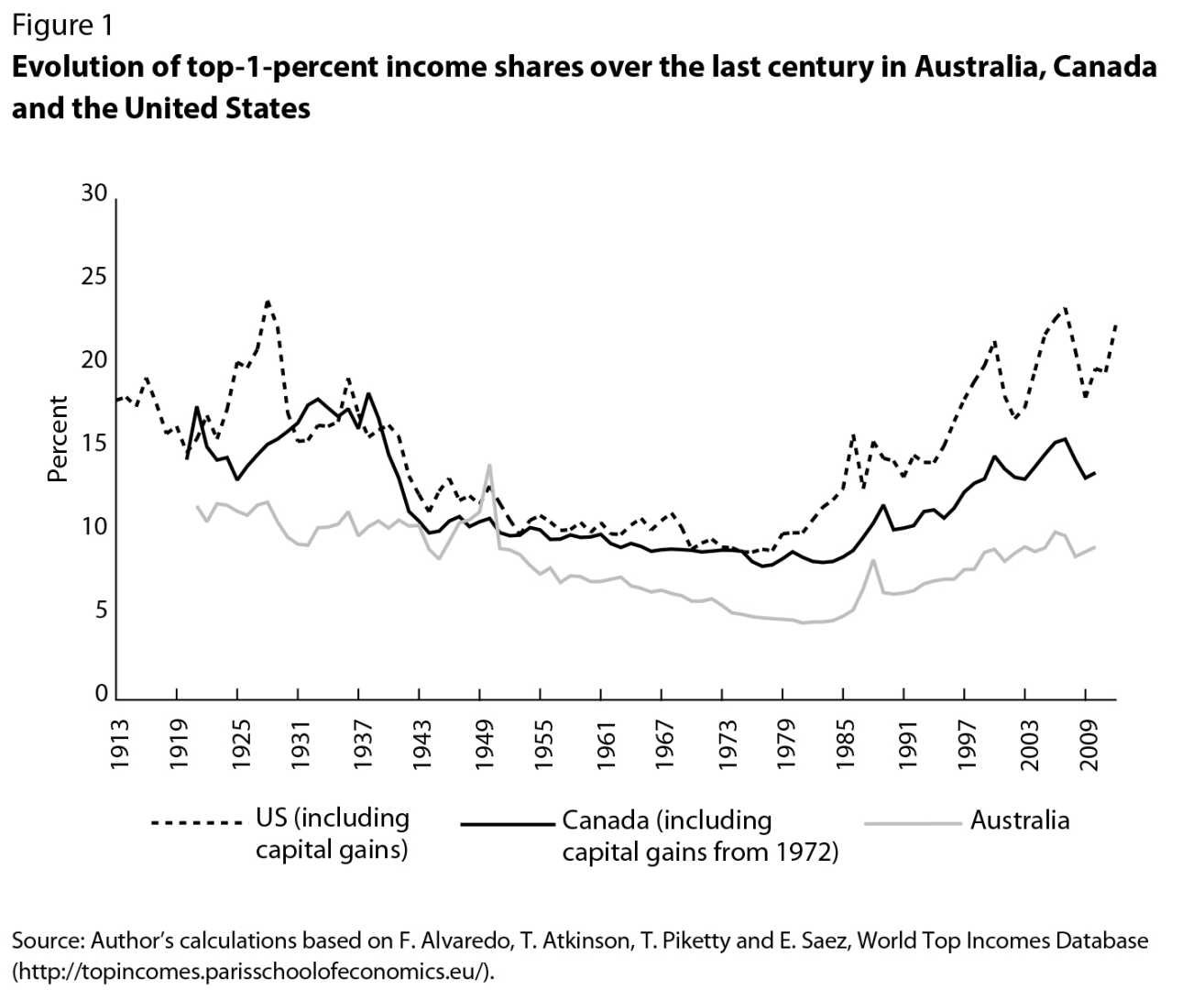News
Rising Wealth Inequality Hits Record Levels in Canada, Statistics Agency Reports

According to Statistics Canada, income inequality in Canada has reached unprecedented levels, with wealth becoming increasingly concentrated among a smaller segment of the population. The latest data, released on Thursday, indicates that the disparity between the richest 40% and the poorest 40% of Canadians now stands at a significant 47 percentage points. This is the largest gap recorded since the agency began collecting such data in 1999.
The widening gap is largely driven by the top 20% of income earners who have experienced considerable gains in their share of disposable income. Statistics Canada attributes these gains primarily to investment income, spurred by prevailing high interest rates. “While higher interest rates can lead to increased borrowing costs for households, they can also lead to higher yields on saving and investment accounts,” the report noted. Lower-income households, however, have limited means to capitalize on these potential investment benefits, as they generally have fewer resources to invest.
While those in the lowest income bracket did see a modest rise in their disposable income thanks to wage increases, the middle 60% of Canadians experienced a reduction in their income share. Statistics Canada’s report highlights that in the second quarter, the wealthiest 20% of Canadians controlled over two-thirds of the nation’s wealth, averaging $3.4 million per household. By contrast, the bottom 40% of Canadians held a mere 2.8% of the country’s wealth.
Responding to questions about the rising income inequality, Finance Minister Chrystia Freeland stated that the Liberal government is actively pursuing policies aimed at assisting middle-class and lower-income Canadians. “We are working very, very hard to lean against this tendency in the global economy towards more inequality,” she remarked during a press conference. Freeland emphasized the government’s focus on initiatives such as childcare and dental care programs.
Conversely, Conservative Party Leader Pierre Poilievre criticized the Liberal administration, attributing the growing gaps in wealth and income to its policies. “Today, StatsCanada reported that the gap between rich and poor is at its highest level in recorded history, after NDP-Liberal money printing inflated the assets of the super-rich while inflating the cost of living for everyone else,” Poilievre stated at a separate press conference.
Reports from the Office of the Parliamentary Budget Officer suggest that, despite a general increase in purchasing power for most Canadians since 2019, the bottom 40% have seen their purchasing power diminish. For these households, the rise in living costs since 2019 has outpaced increases in disposable income, with expenses growing by about $2,050 compared to an income rise of only $1,500.
The report highlights ongoing economic challenges posed by high interest rates, which, despite a series of cuts by the Bank of Canada, remain above pre-pandemic levels. While these rates have provided windfall gains to the wealthiest 20% through increased investment income, they have also added financial stress to lower-income households, which have faced higher costs for mortgages and loans. Economists anticipate further rate cuts, which could help narrow the income gap, but they warn it will take time for economically disadvantaged households to regain lost ground.












